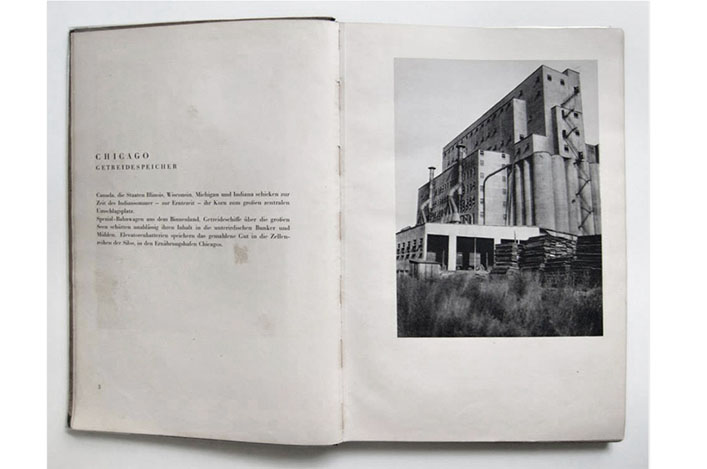Location: Timmins
Date of Completion: 1924-1927
Architect: N/A
Nominated by: Gilles Bisson, MPP (Timmins)
“Thus we have the American grain elevators and factories, the magnificent FIRST FRUITS of a new age. THE AMERICAN ENGINEERS OVERWHELM WITH THEIR CALCULATIONS OUR EXPIRING ARCHITECTURE.”
-Le Corbusier, Vers une architecture, 1923
Standing proudly over Timmins, Headframe No. 11 at the former McIntyre mine is a testament to the industry that led to the birth of this Northern Ontario city and is an important part of Canada’s unique architectural heritage.
A local landmark
The region of Timmins in Northern Ontario is the site of one of the richest goldfields in the world, and over the past century, has produced more gold than any other mining area in Canada. The city itself, alongside the neighbouring towns of South Porcupine and Schumacher, was established at the beginning of the Porcupine Gold Rush, named after Porcupine Lake where gold was first discovered in the region. The towns served each of the big mines developed on three large deposits named The Big Dome, Hollinger, and McIntyre. These mines hold the record of being Canada’s top three largest gold producers. To this day, mining continues to be an important part of Timmins’ economy, though it now expands beyond gold to include other minerals such as zinc, copper, nickel, and silver.

The headframe (here shown during its construction) was once part of a large network of structures that supported operations at the sprawling McIntyre mine. Photo courtesy of the Timmins Museum
Standing at 53.34 metres (175 feet) in height, the No. 11 shaft headframe is the sole remaining building of the McIntyre mine, which finally ceased operations in the 1990s after 90 years of continuous extraction. A headframe serves as the top of an elevator shaft, supporting the machinery that allows miners to travel deep into the mine and carry ore and waste rock to the surface. Sitting below No. 11 is a mineshaft 2.5 km deep that gives access to the ore below.
The No. 11 McIntyre Headframe consists of a sturdy steel frame, sheathed in B.C. fir tongue-in-groove planks, and clad with galvanized corrugated iron. Inside, the headframe once housed two ore skips and three-man cages. In its heyday, it handled about 80 per cent of the material extracted from this landmark mine.
Though no longer in operation, the No. 11 headframe continues to be a much-loved city icon, with images occasionally projected onto its large flat surface to mark special occasions.

The McIntyre mine in its heyday shown here at night. Photo courtesy of the Timmins Museum
Conservation and regeneration
Built with sturdy materials, this nearly 100-year-old structure is still structurally stable, but its cladding is starting to show signs of wear, and repairs are required to conserve it for future generations. The City of Timmins has commissioned studies to determine the scope of work needed and basic maintenance is underway, but a full rehabilitation will require additional funds.
It is not only the building undergoing repairs—the surrounding landscape is also being reclaimed. Tailings, a waste product of grinding and milling gold ore, have been a constant challenge in Timmins where early mining operations either dumped them into nearby lakes and wetlands or piled them into extensive flat-topped hills known as tailing piles. Over the last few decades, extensive efforts have been underway to stabilize historic tailings, restore habitat, and provide new recreational spaces for the city. Some of the historic tailings surrounding the McIntyre Mine have already been converted into community parks.

Aerial view of the McIntyre mine with the surviving headframe at the top of the image. Photo courtesy of the Timmins Museum
North America’s contribution to early modernism
In the discussion of architectural history, industrial and utilitarian buildings are often overlooked. However, North America’s early-1900s monumental industrial architecture, such as the McIntyre headframe, played a critical role in the development of the early modernist movement and are a unique part of our architectural heritage.
 German architect Erich Mendelsohn’s captioned images of grain elevators from his book, “Amerika” first published in 1924. Digitized copy available at MUSIUM
German architect Erich Mendelsohn’s captioned images of grain elevators from his book, “Amerika” first published in 1924. Digitized copy available at MUSIUM
In the early 1900s, when European architects were looking for a new architecture to express the ideas and needs of their time, they looked toward North America’s industrial architecture for inspiration. Functional, logical, and free of ornament and stylistic rules, these buildings were seen as the embodiment of modern ideals. They used contemporary materials and technologies like steel, metal, and reinforced concrete. Their form was not dictated by stylistic rules, but by functional requirements and technological limitations. Our grain silos, elevators, and headframes embodied the principles of the universal architecture that would help establish an international movement that still influences us to this day.
The OAA would like to thank Timmins Museum and the City of Timmins for their contributions to making this article possible.
This post forms part of our World Architecture Day Queen’s Park Picks 2020 series in which we asked Ontario’s Members of Provincial Parliament to nominate a prominent building, past or present, in their riding for a chance to learn more about it. Check out the rest of the series to learn more about great buildings across the province!